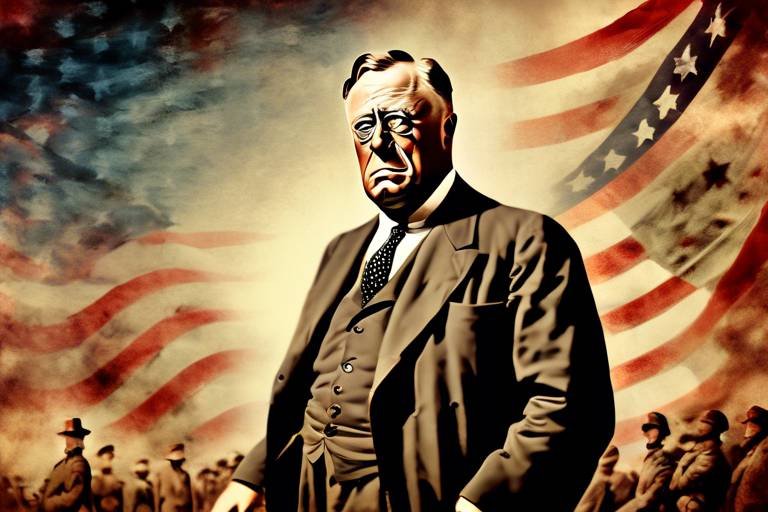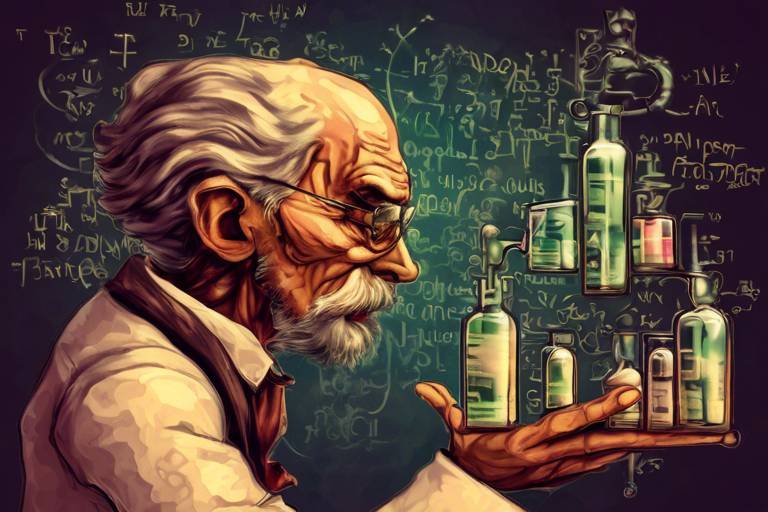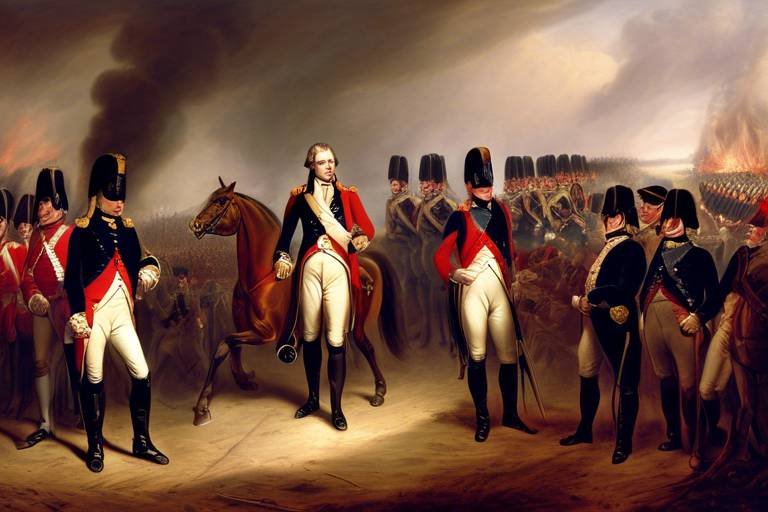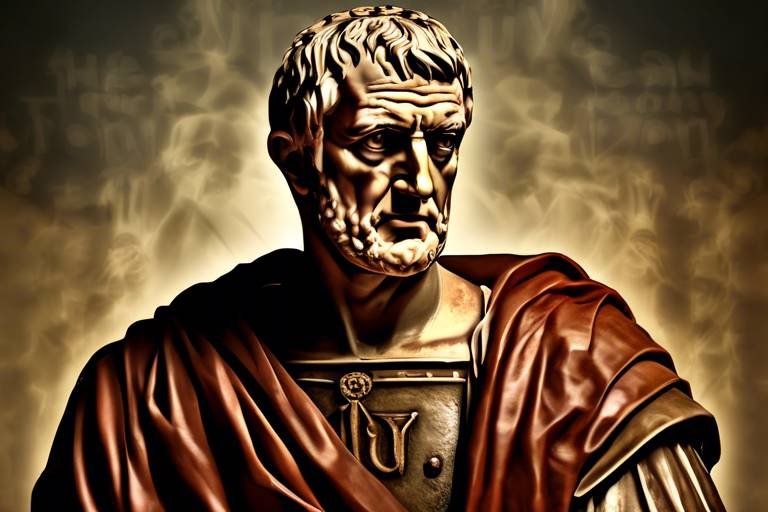Mary, Queen of Scots: The Tragic Monarch
Queen Mary of Scots, a figure shrouded in tragedy and intrigue, captivates us with her tumultuous life and reign. Born into a world of political turmoil and power struggles, Mary's story is a tapestry woven with threads of betrayal, love, and ultimately, a tragic end.
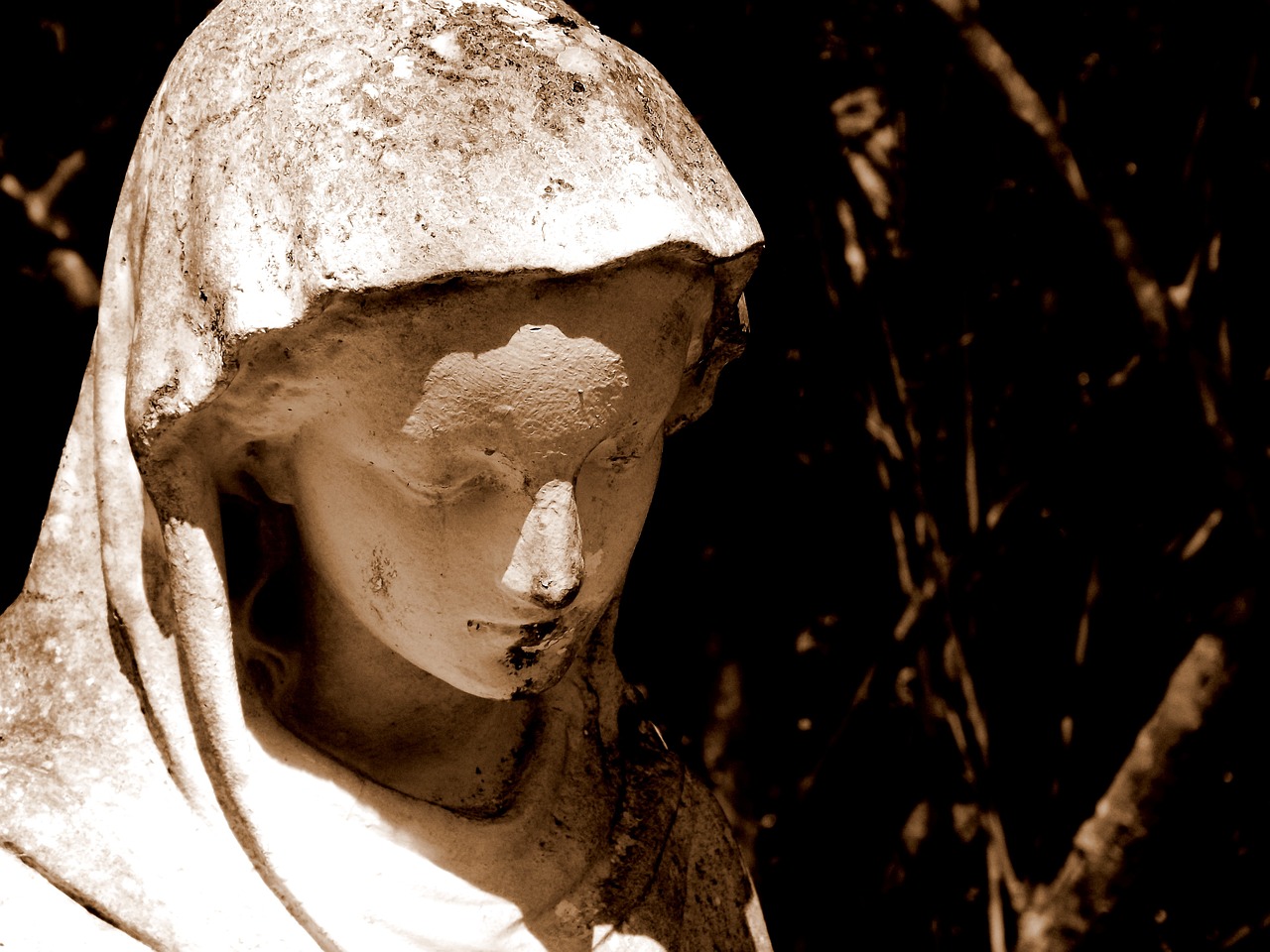
Early Life and Ascension to the Throne
Mary, Queen of Scots, was born on December 8, 1542, in Linlithgow Palace, Scotland, to King James V of Scotland and Mary of Guise. Her birth marked a significant moment in Scottish history, as she inherited the throne at just six days old following the death of her father. This royal lineage gave her a strong claim to the Scottish throne, setting the stage for her eventual ascension to power.
Despite her young age, Mary's ascension to the throne of Scotland was met with both excitement and uncertainty. As a baby queen, she faced numerous challenges and obstacles in maintaining her position of power. Her early years were marked by political turmoil and power struggles as various factions vied for influence over the young monarch.
Throughout her childhood, Mary was raised in the French court, where she received a prestigious education and was betrothed to the Dauphin of France, Francis II. This marriage alliance not only strengthened her ties to the powerful French monarchy but also solidified her claim to the English throne through her Tudor ancestry.
At the age of 15, Mary married Francis II, becoming Queen consort of France. However, her happiness was short-lived as Francis died prematurely, leaving her a widow at a young age. Despite this tragic loss, Mary's determination and resilience shone through as she navigated the complexities of court politics and dynastic alliances.
Following her return to Scotland, Mary faced further challenges in her personal life, particularly in her marriages to Henry Stuart, Lord Darnley, and the subsequent controversies that surrounded these unions. The turbulent nature of her relationships and the political implications of her marriages would ultimately have far-reaching consequences for her reign as queen.
As Mary, Queen of Scots, grappled with the responsibilities of rulership and the demands of her tumultuous personal life, she endeavored to assert her authority and maintain stability within her kingdom. Her early life and ascension to the throne were marked by both triumphs and tribulations, setting the stage for the dramatic events that would unfold during her turbulent reign.
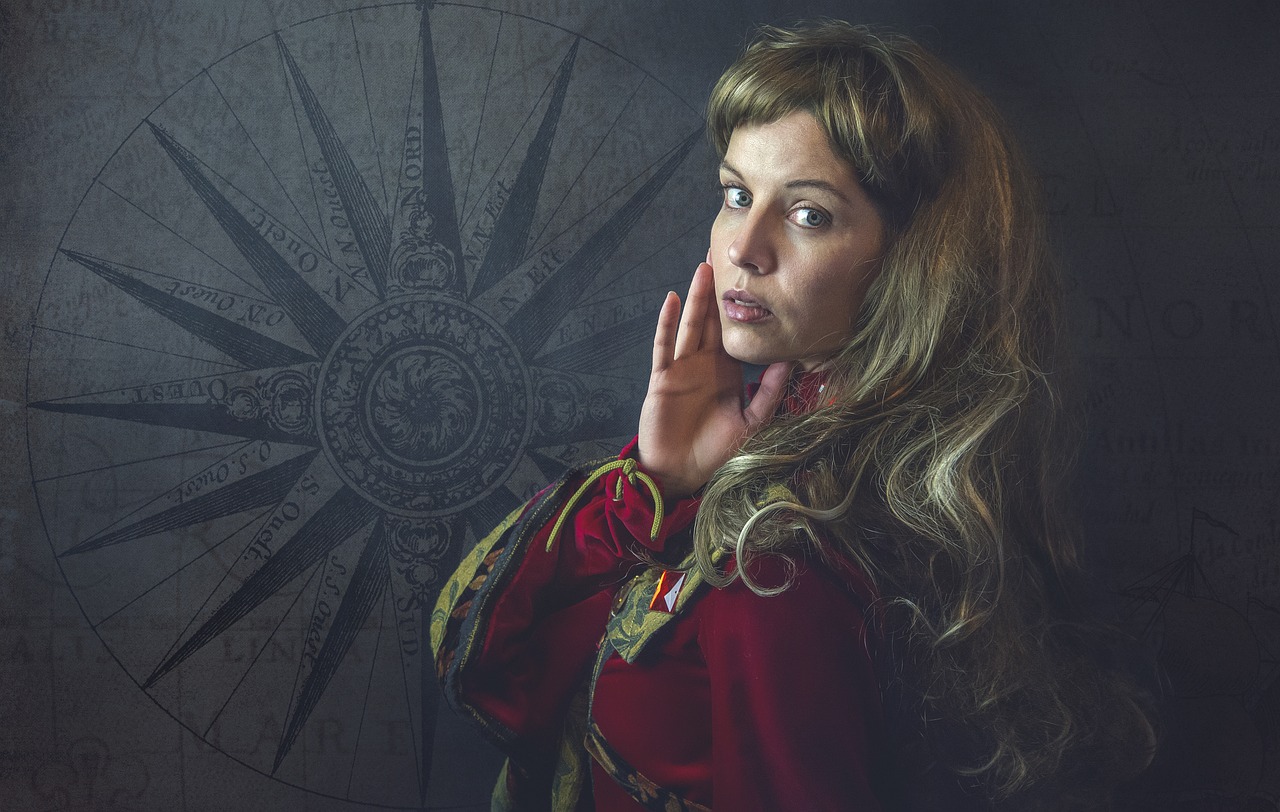
Marriages and Controversies
Marriages played a significant role in shaping the life and reputation of Mary, Queen of Scots. Her first marriage to Francis II of France, the Dauphin, was a union of political importance, solidifying the Auld Alliance between Scotland and France. However, Francis's early death left Mary a widow at a young age, returning to Scotland to take up her throne.
It was Mary's second marriage to Henry Stuart, Lord Darnley, that sparked controversy and turmoil. Despite initial hopes for a strong partnership, their marriage quickly soured due to Darnley's erratic behavior and political ambitions. The mysterious murder of Mary's confidant, David Rizzio, further strained their relationship and led to a rift that would have far-reaching consequences.
The birth of Mary and Darnley's son, James VI of Scotland, brought a brief moment of hope for their troubled marriage. However, Darnley's involvement in the murder of Mary's secretary, the explosive murder at Kirk o' Field, marked the beginning of the end for their tumultuous union.
Amidst the chaos of her second marriage, Mary's controversial relationship with her third husband, the Earl of Bothwell, further fueled the flames of scandal. Bothwell's alleged involvement in Darnley's murder and their hasty marriage following his acquittal only served to deepen the public's mistrust and condemnation of Mary.
The series of Mary's marriages and the controversies surrounding them not only shaped her personal life but also had far-reaching political implications, contributing to the web of intrigue and betrayal that ultimately led to her tragic downfall.

Conflict with Elizabeth I
During her tumultuous reign, Mary, Queen of Scots found herself entangled in a complex and often hostile relationship with her cousin, Elizabeth I of England. The conflict between these two powerful monarchs was not merely a personal feud but a struggle for power, legitimacy, and control over the realms of Scotland and England.
At the heart of the conflict was the question of Mary's claim to the English throne. As a Catholic monarch with a legitimate claim to the English crown, Mary posed a significant threat to the Protestant Elizabeth. The rivalry between the two queens was further fueled by political intrigue, religious tensions, and competing alliances with other European powers.
Despite being cousins, Mary and Elizabeth never met in person, yet their correspondence and diplomatic maneuvers shaped the course of their relationship. Mary's marriages to Francis II of France and later to Henry Stuart, Lord Darnley, further complicated matters, as they raised concerns about potential Catholic succession to the English throne.
As tensions escalated, Mary became embroiled in various plots and conspiracies against Elizabeth, leading to accusations of treason and sedition. The Babington Plot, in which Mary was implicated, proved to be the final straw for Elizabeth, who reluctantly signed Mary's death warrant in 1587.
The conflict between Mary, Queen of Scots, and Elizabeth I of England symbolized the broader struggle for power and religious supremacy in 16th-century Europe. It was a clash of personalities, ideologies, and ambitions that ultimately culminated in Mary's tragic end on the executioner's block.
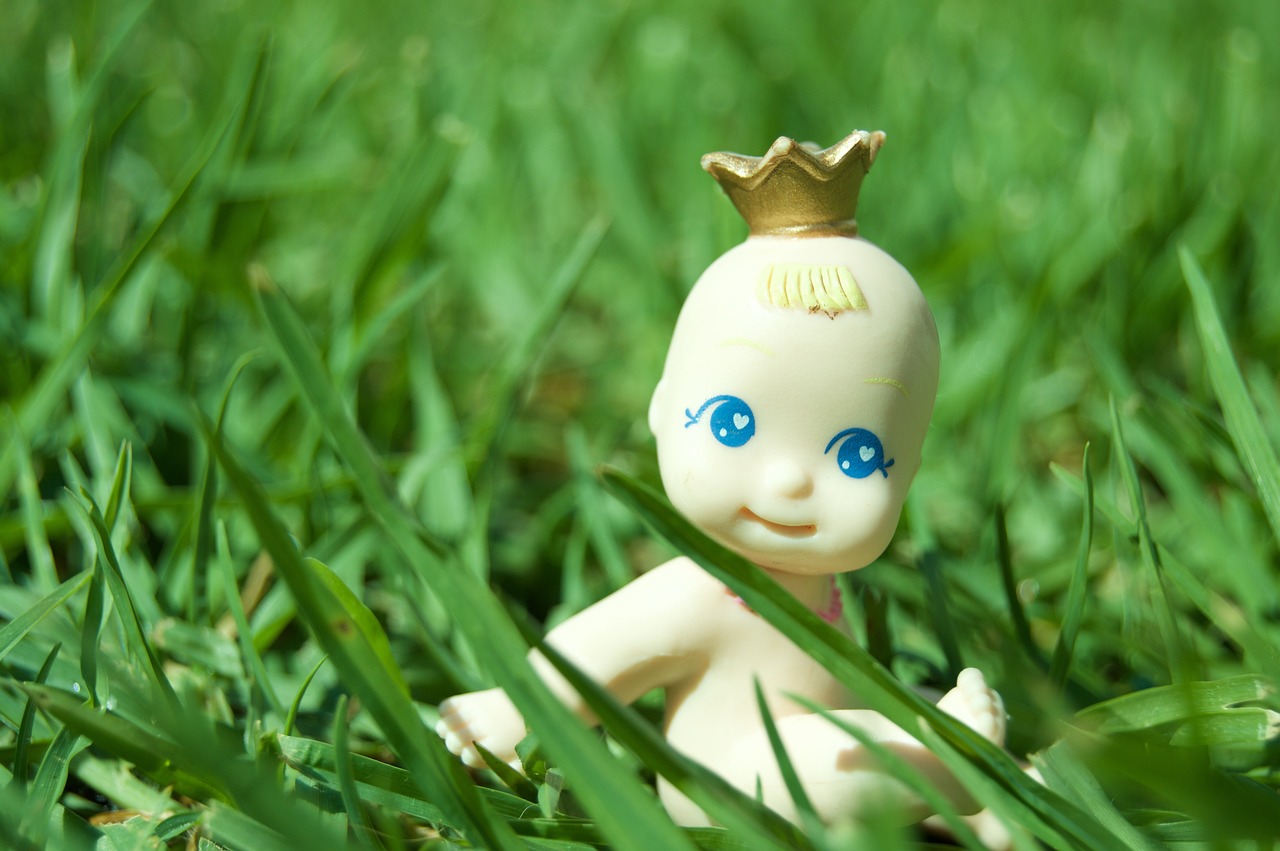
Imprisonment and Execution
After her abdication in Scotland, Mary sought refuge in England, hoping for the protection of her cousin, Queen Elizabeth I. However, instead of finding safety, she was met with suspicion and fear. Elizabeth viewed Mary as a threat to her own throne due to her strong claim to the English crown as well. As a result, Mary was placed under house arrest in various castles and manors across England, including Bolton Castle and Tutbury Castle.
During her captivity, Mary became embroiled in various plots and conspiracies against Elizabeth, some of which she may have been unaware of or falsely implicated in by her enemies. The most notorious of these plots was the Babington Plot, a scheme to assassinate Elizabeth and place Mary on the English throne. Despite Mary's insistence of innocence and lack of direct involvement, the discovery of her correspondence with the conspirators sealed her fate.
In 1586, Mary was tried and convicted of treason for her alleged involvement in the Babington Plot. Despite her impassioned defense and plea for clemency, she was sentenced to death. On a cold morning in February 1587, Mary, Queen of Scots, met her tragic end at Fotheringhay Castle. With her head held high, she faced the executioner's axe and became a martyr for her Catholic faith and her claim to the English throne.
The execution of Mary, Queen of Scots, sent shockwaves through the royal courts of Europe and solidified Elizabeth's power in England. It marked the end of a tumultuous life filled with political intrigue, betrayal, and tragedy. Mary's death also sparked outrage among Catholic monarchs and ignited further conflicts between England and Catholic powers on the continent.
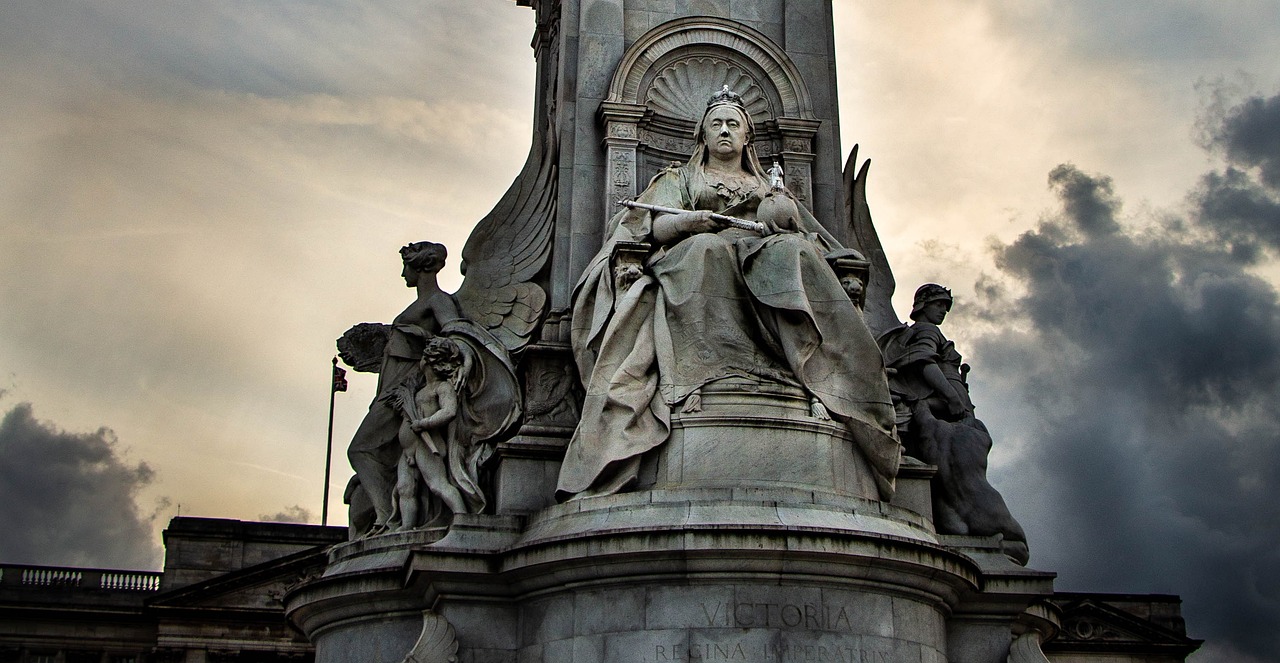
Legacy and Historical Impact
After her tumultuous life and tragic end, Mary, Queen of Scots left a lasting legacy that continues to captivate historians and romantics alike. Her reign, marked by political turmoil and personal tragedies, has had a profound impact on both Scottish and English history, shaping the course of events for centuries to come.
One of the most enduring aspects of Mary's legacy is her reputation as a romantic and tragic figure. Her story, filled with love, betrayal, and intrigue, has inspired countless works of literature, art, and film, portraying her as a doomed queen caught in the midst of power struggles and personal tragedies.
Historically, Mary's reign has been a subject of debate among scholars, with differing views on her character and actions. While some see her as a victim of circumstance, others view her as a politically savvy monarch whose decisions had far-reaching consequences for the future of Scotland and England.
Despite the controversies surrounding her reign, Mary, Queen of Scots, remains a figure of fascination and intrigue, with her legacy continuing to spark interest and debate among historians and enthusiasts alike. Her impact on the course of history, as well as her enduring reputation as a tragic queen, ensures that her story will be remembered for generations to come.
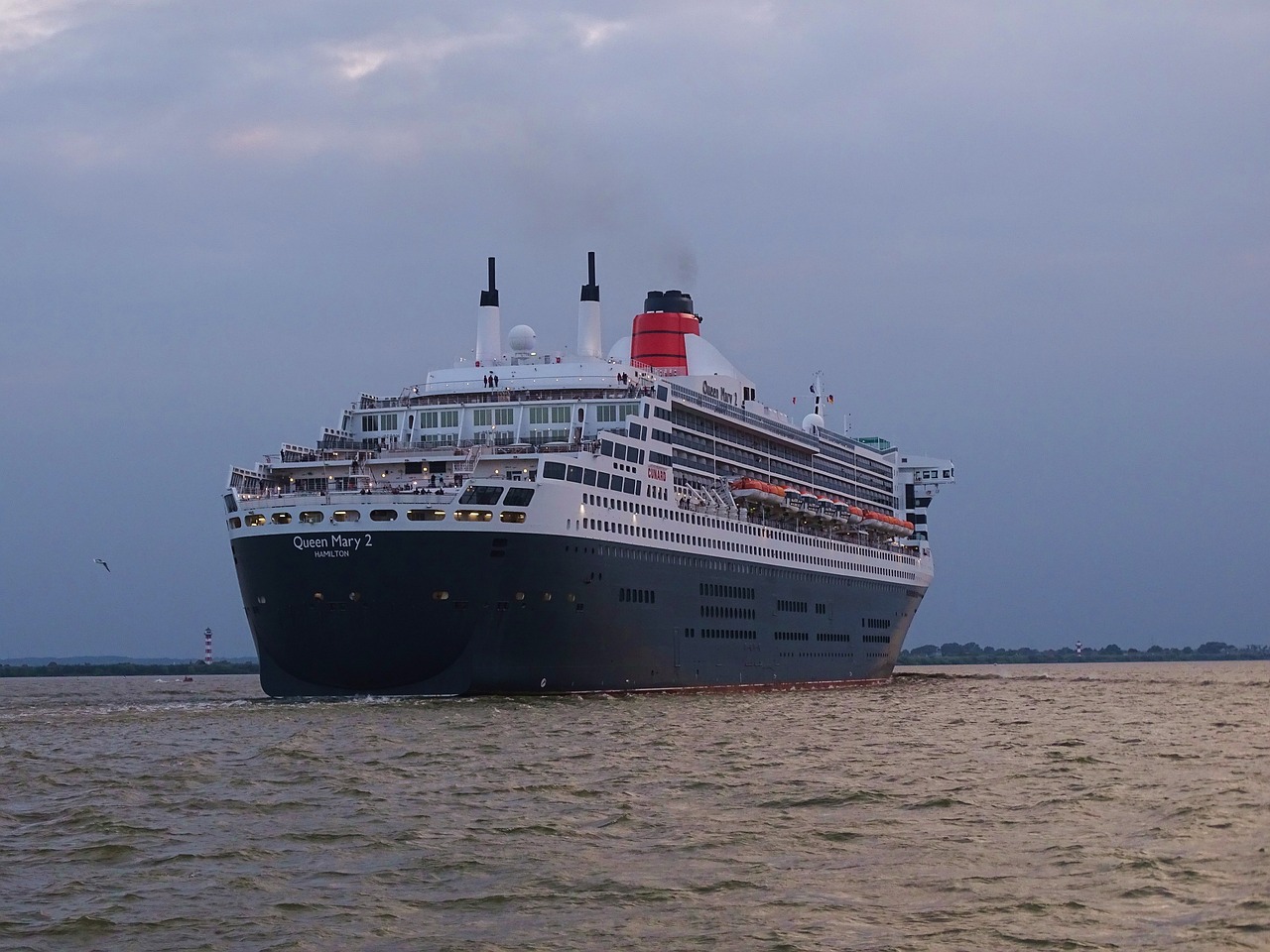
Depictions in Literature and Popular Culture
When it comes to depictions of Mary, Queen of Scots, in literature and popular culture, one cannot help but be captivated by the various interpretations that have emerged over the years. From novels to films, Mary's story has been reimagined and romanticized, cementing her status as a tragic and enigmatic figure.
In literature, Mary, Queen of Scots, has been the subject of numerous novels that delve into the complexities of her life and reign. Authors have explored her relationships, political struggles, and ultimately, her downfall with a mix of historical accuracy and creative license. These works offer readers a glimpse into the tumultuous world of 16th-century Scotland and England, where power struggles and personal dramas intertwined.
On the silver screen, Mary's story has been brought to life through various adaptations, each offering a unique perspective on her life. From lavish period dramas to intimate character studies, filmmakers have explored different facets of Mary's personality and the challenges she faced as a queen in a male-dominated world. These cinematic portrayals have added layers to Mary's character, sparking debates among viewers about her motivations and decisions.
Furthermore, Mary, Queen of Scots, has become a popular figure in popular culture, appearing in TV shows, plays, and even operas. Her enduring appeal lies in the blend of tragedy and romance that defines her story, making her a compelling figure for artists and audiences alike. Whether portrayed as a victim of circumstance or a scheming monarch, Mary continues to fascinate and intrigue audiences across the globe.
Overall, the depictions of Mary, Queen of Scots, in literature and popular culture serve to keep her memory alive and ensure that her legacy endures through the ages. By exploring her story through different artistic mediums, we gain a deeper understanding of the complexities of her life and the impact she had on the course of history.

Historical Controversies and Revisionist Views
Historical controversies surrounding Mary, Queen of Scots have long been a subject of debate among historians, sparking intense discussions and differing interpretations of her actions and character. One of the key controversies revolves around Mary's alleged involvement in the murder of her second husband, Lord Darnley. Some historians argue that Mary was complicit in the plot to assassinate Darnley, while others believe she was unjustly accused and framed by her political enemies.
Another contentious issue is Mary's relationship with the Earl of Bothwell and the circumstances of their marriage following Darnley's death. While some view Mary's marriage to Bothwell as a strategic move to secure her throne, others condemn it as a reckless decision that ultimately led to her downfall.
Revisionist views on Mary, Queen of Scots have emerged in recent years, challenging traditional interpretations of her reign and character. These revisionist historians seek to reevaluate Mary's actions in a more sympathetic light, portraying her as a victim of political machinations and gender biases rather than a scheming and ambitious monarch.
Furthermore, the portrayal of Mary in popular culture and literature has contributed to the ongoing debate surrounding her legacy, with fictionalized accounts often romanticizing her life and tragic end. This romanticized image of Mary, Queen of Scots has sometimes overshadowed the complexities of her reign and the historical realities she faced.
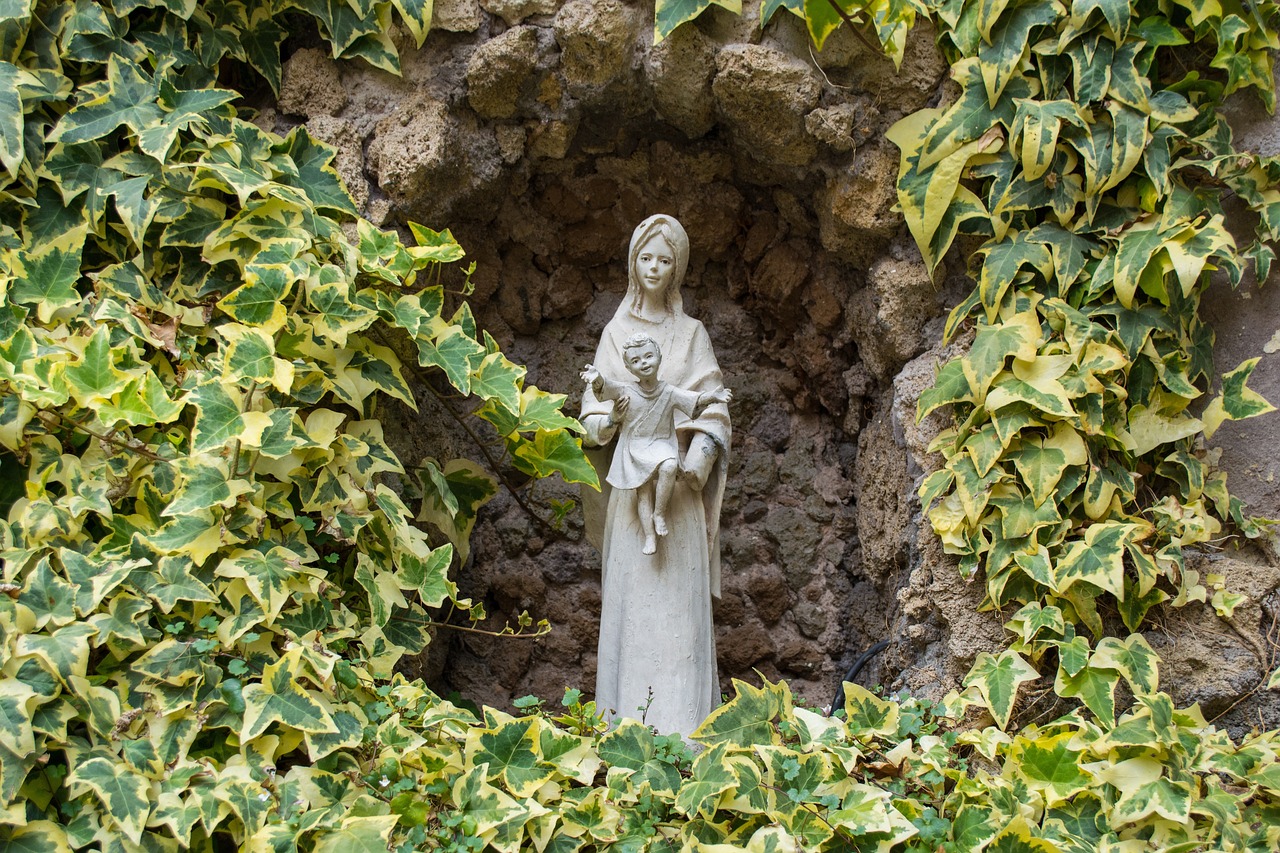
Visiting Mary's Historical Sites
When it comes to delving into the rich history of Mary, Queen of Scots, one cannot overlook the significance of visiting the historical sites that bear witness to her tumultuous life and reign. These sites serve as portals to the past, offering a glimpse into the world of this tragic monarch and the events that shaped her destiny.
One of the most iconic historical sites associated with Mary, Queen of Scots, is Holyrood Palace in Edinburgh. This grand palace was a residence of Mary and witnessed many pivotal moments in her life, including the murder of her secretary, David Rizzio. Walking through the corridors of Holyrood Palace, visitors can immerse themselves in the opulent surroundings that once hosted the Scottish queen.
Another essential stop on any Mary, Queen of Scots pilgrimage is Edinburgh Castle, perched majestically atop Castle Rock. This historic fortress played a significant role in the conflicts and power struggles of Mary's time, and exploring its walls offers a panoramic view of the city below, providing a sense of the strategic importance of this site in Scottish history.
Fotheringhay Castle in Northamptonshire, England, is another poignant location linked to Mary, Queen of Scots. It was here that Mary was imprisoned and ultimately faced her tragic fate with her execution in 1587. Visiting Fotheringhay Castle allows visitors to reflect on the final chapter of Mary's life and the somber events that unfolded within its walls.
These historical sites not only offer a tangible connection to Mary, Queen of Scots, but also provide a deeper understanding of the political intrigues, personal tragedies, and enduring legacy of this enigmatic queen. By exploring these locations, visitors can step back in time and immerse themselves in the captivating story of one of history's most tragic monarchs.
Frequently Asked Questions
- Was Mary, Queen of Scots really a queen?
Yes, Mary, Queen of Scots was indeed a queen. She ascended to the Scottish throne at just six days old, following the death of her father, King James V of Scotland.
- How many times was Mary, Queen of Scots married?
Mary, Queen of Scots was married three times. Her marriages were to Francis II of France, Henry Stuart, Lord Darnley, and James Hepburn, 4th Earl of Bothwell.
- What led to the conflict between Mary, Queen of Scots, and Elizabeth I?
The conflict between Mary, Queen of Scots, and Elizabeth I was primarily due to their competing claims to the English throne, religious differences, and political intrigue surrounding Mary's marriages and potential threats to Elizabeth's reign.
- How did Mary, Queen of Scots meet her tragic end?
Mary, Queen of Scots was eventually imprisoned in England on suspicion of plotting against Elizabeth I. She was later found guilty of treason and executed in 1587.
- What is Mary, Queen of Scots' legacy?
Mary, Queen of Scots left a lasting legacy in Scottish and English history as a tragic and romantic figure. Her life and reign continue to be a subject of fascination and debate among historians and in popular culture.









